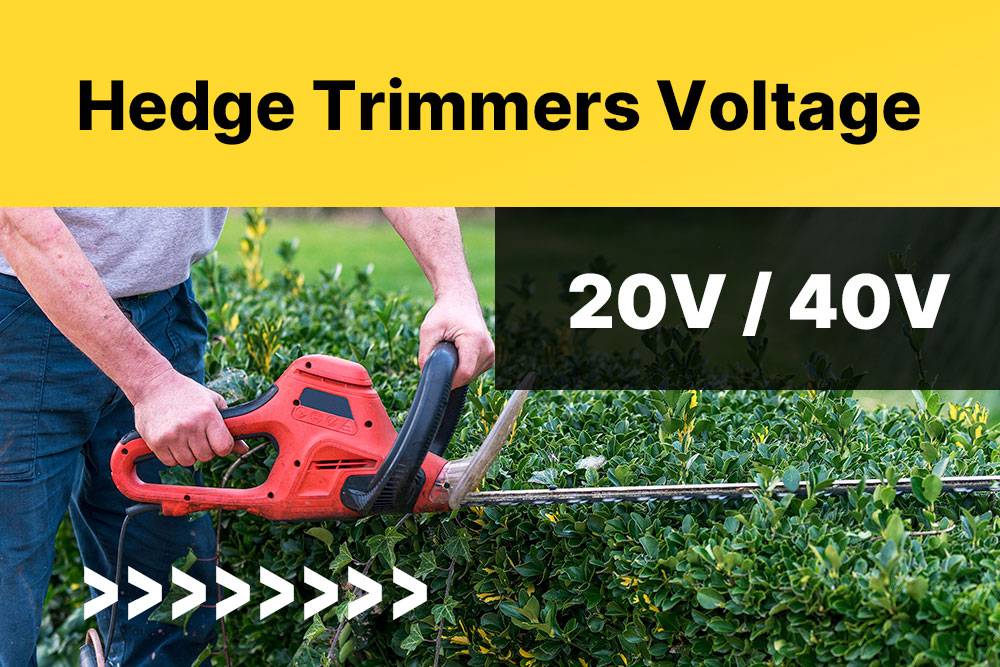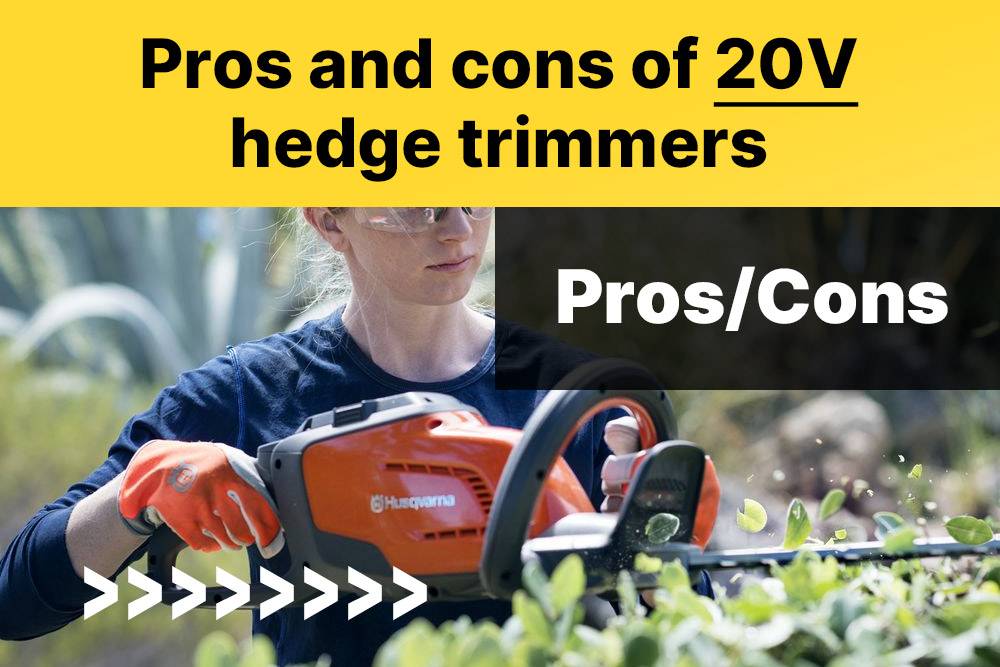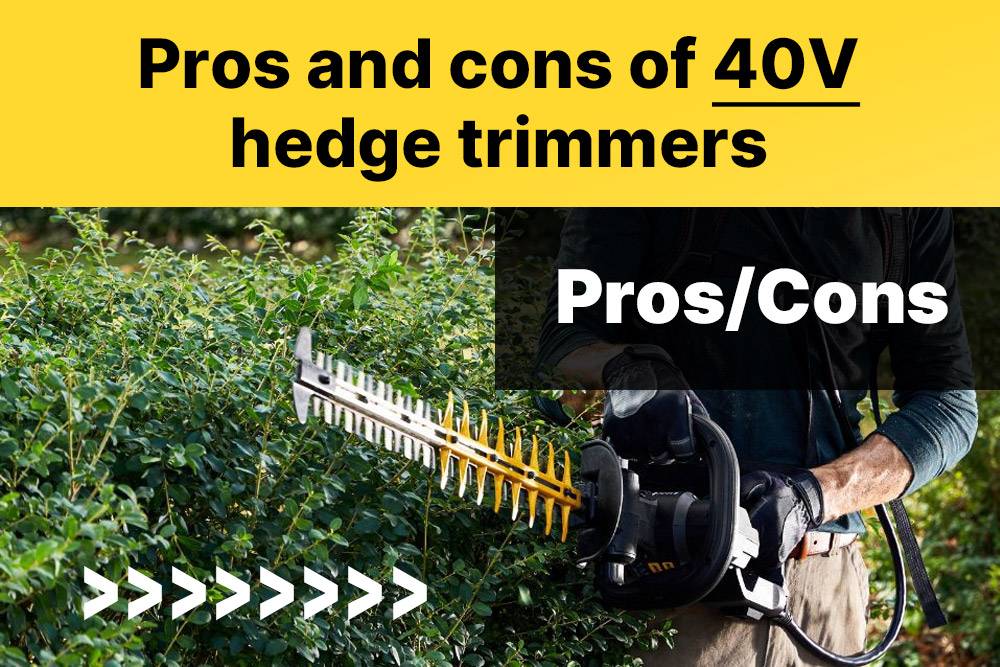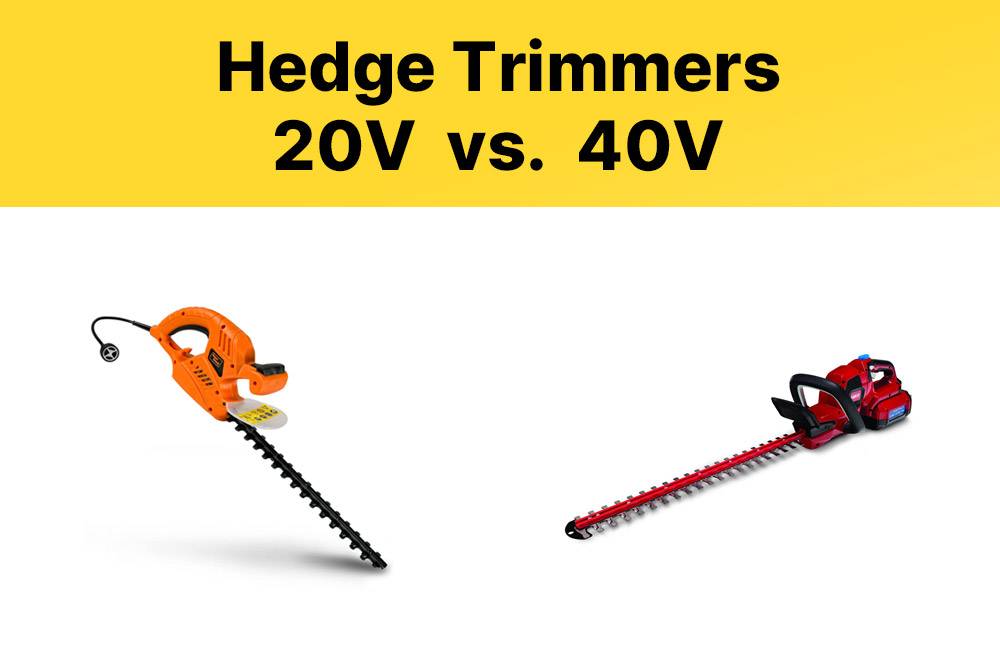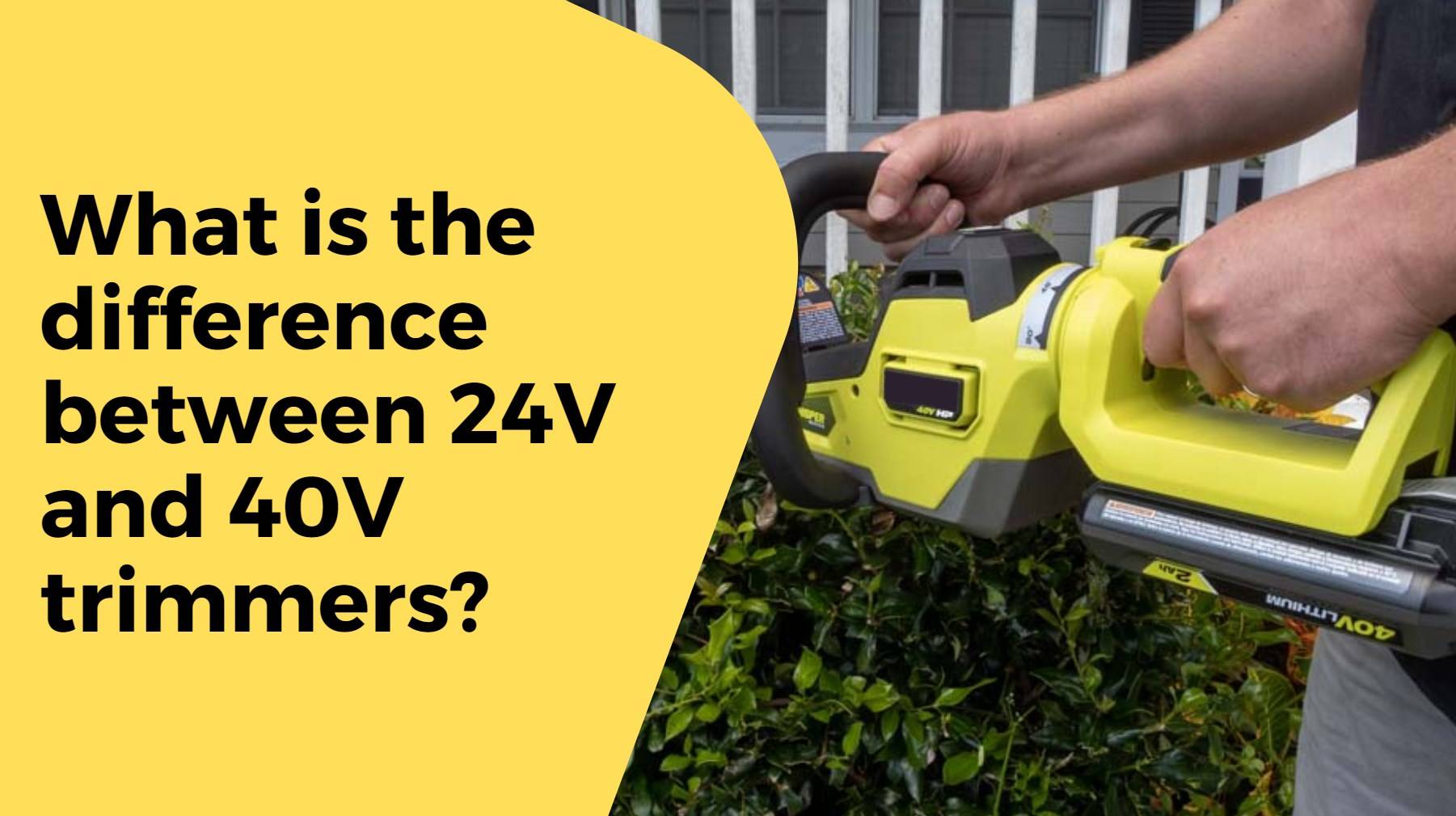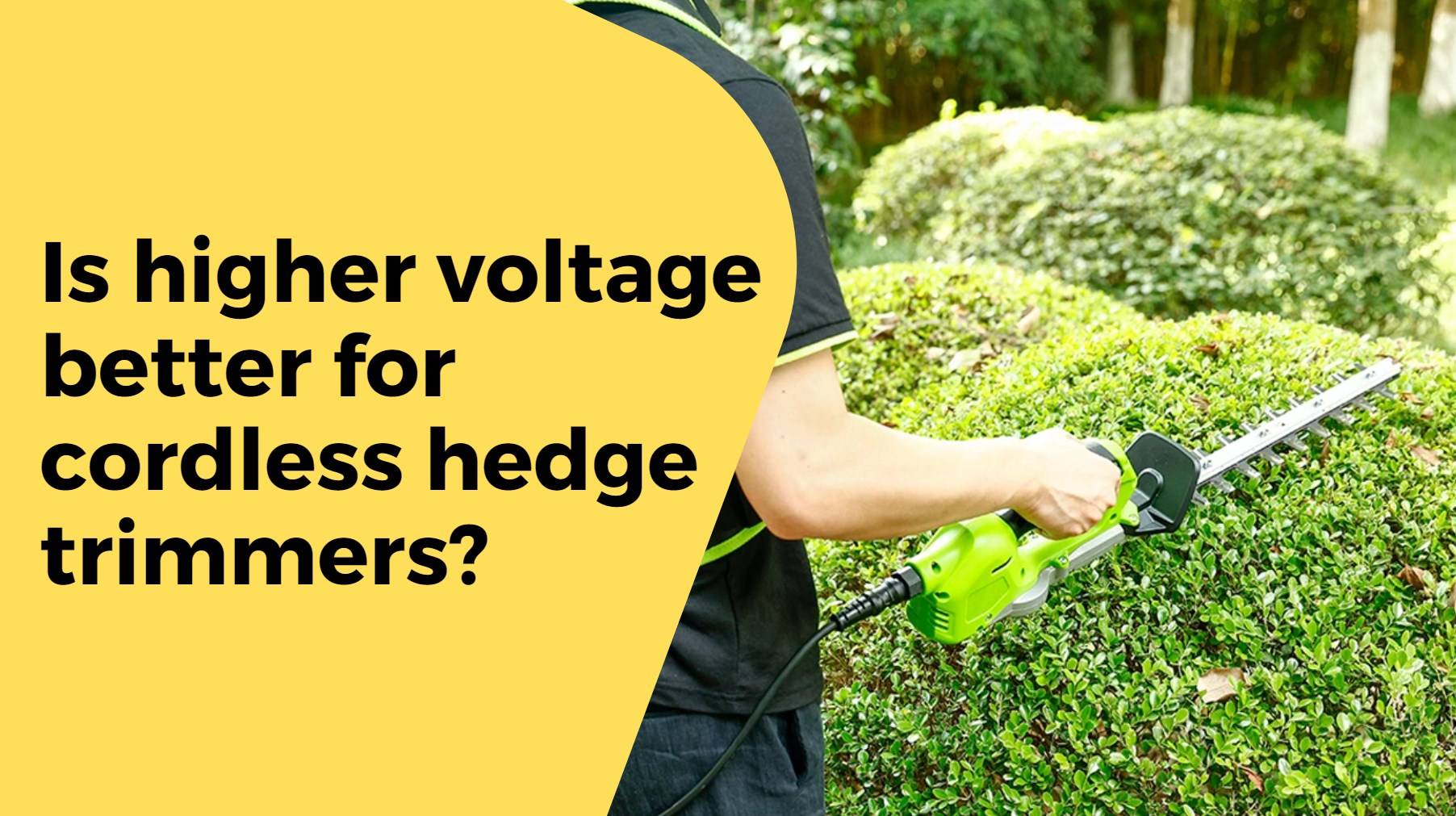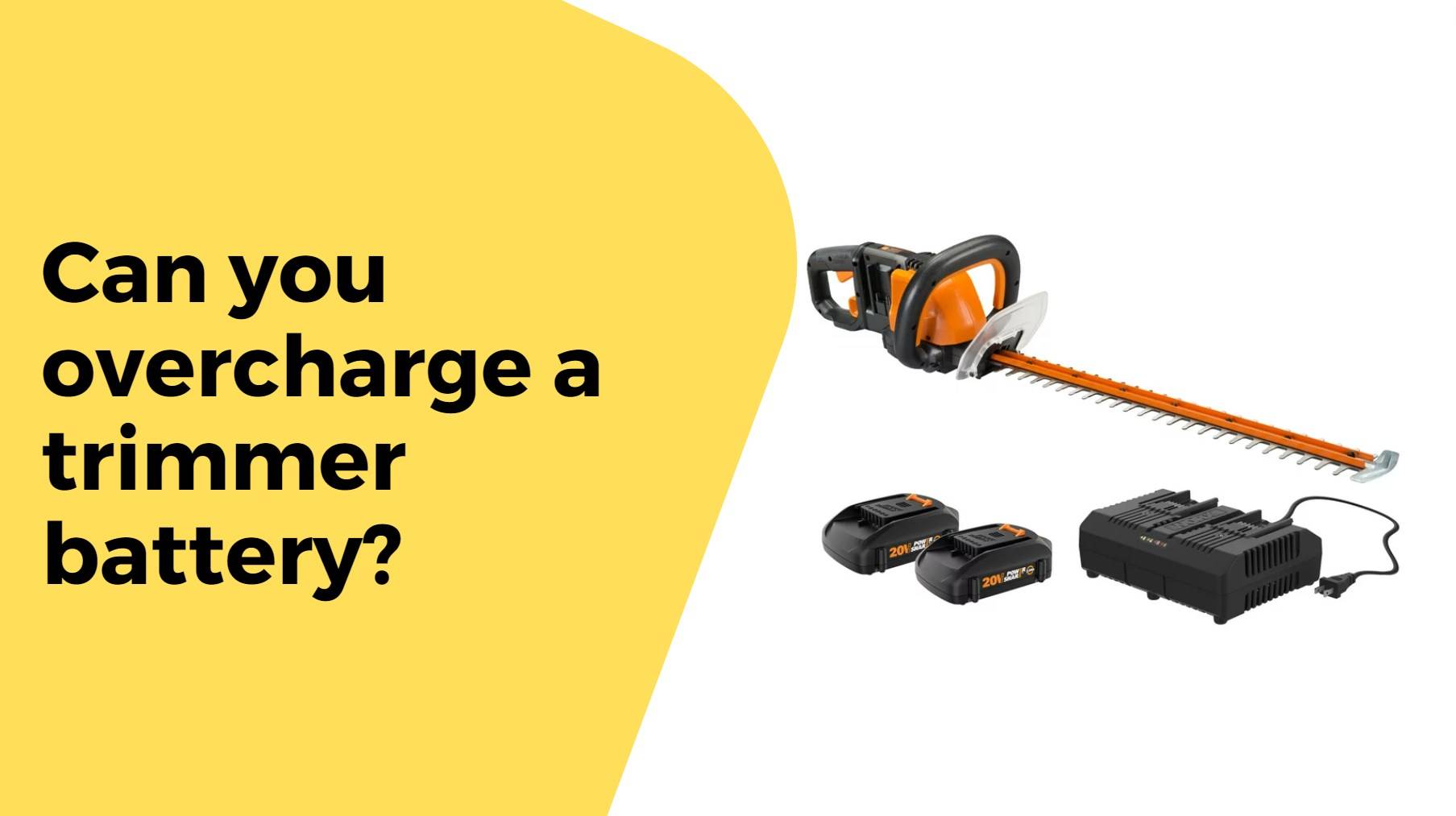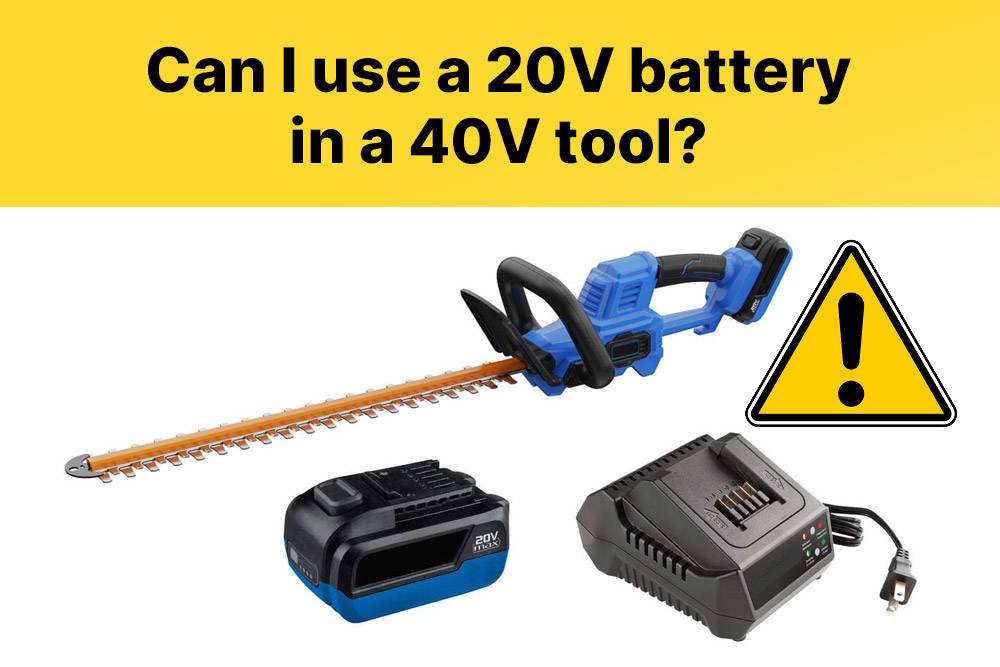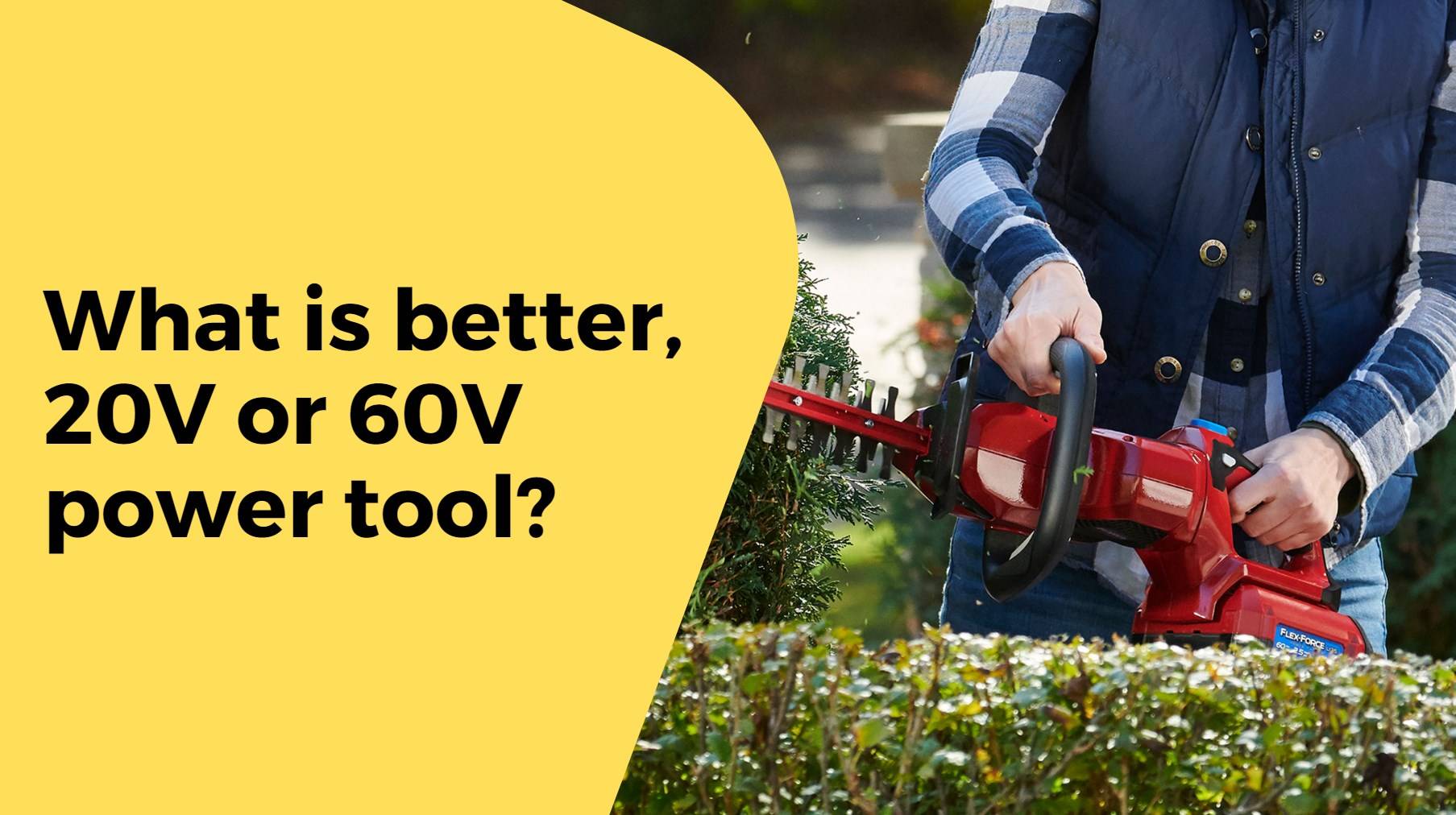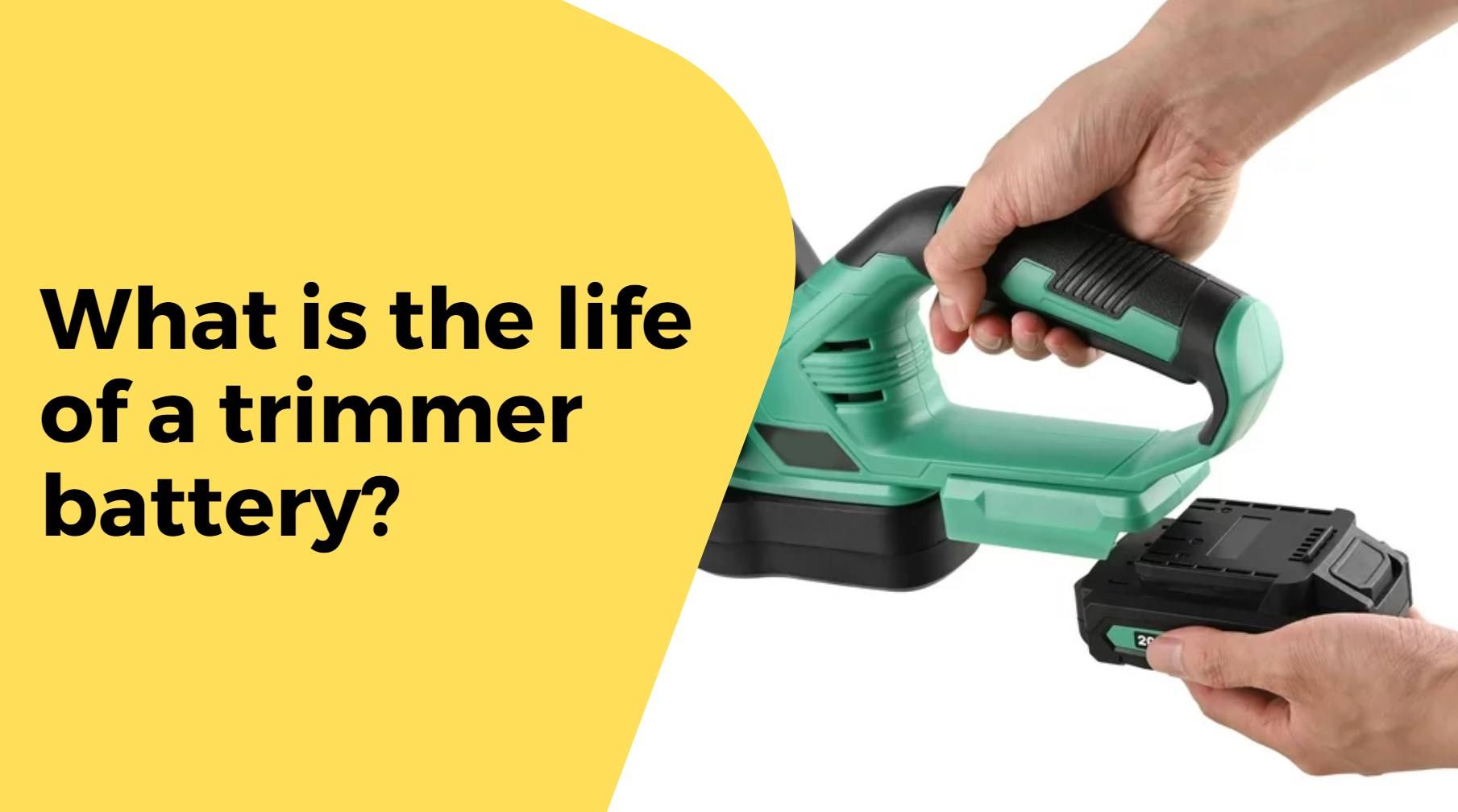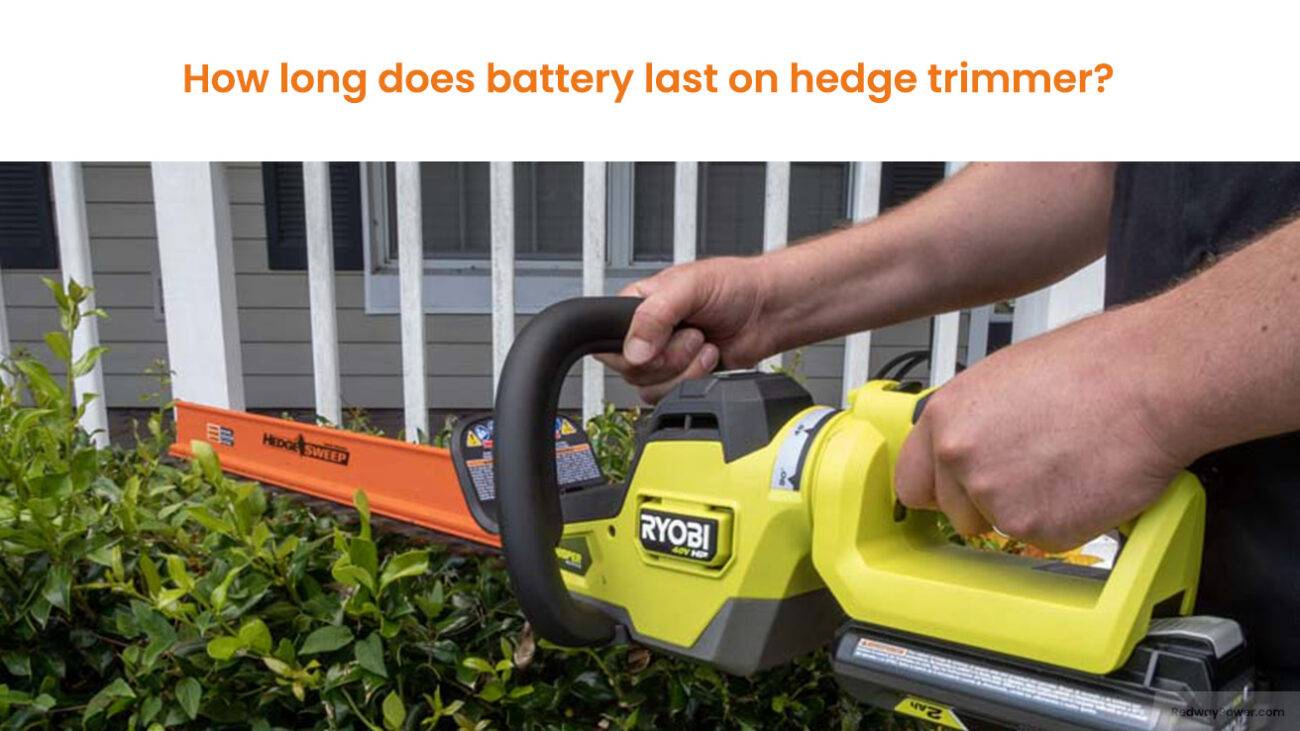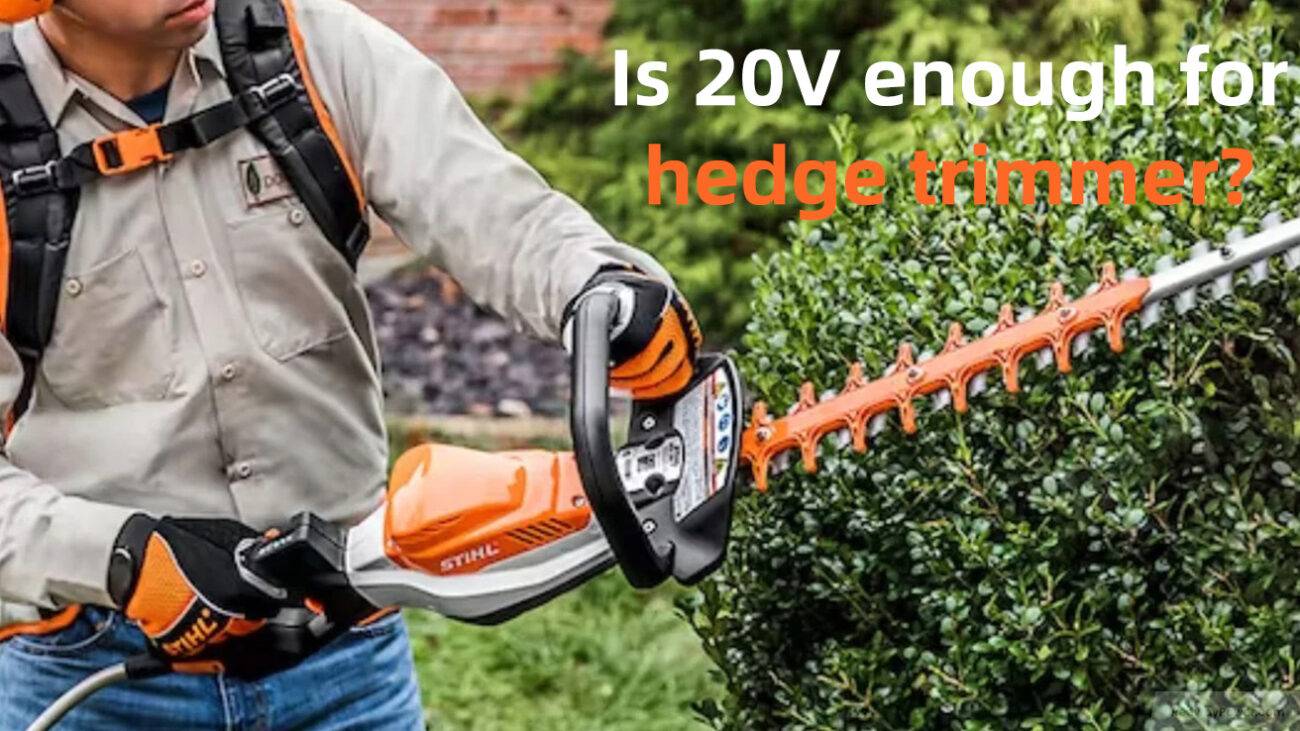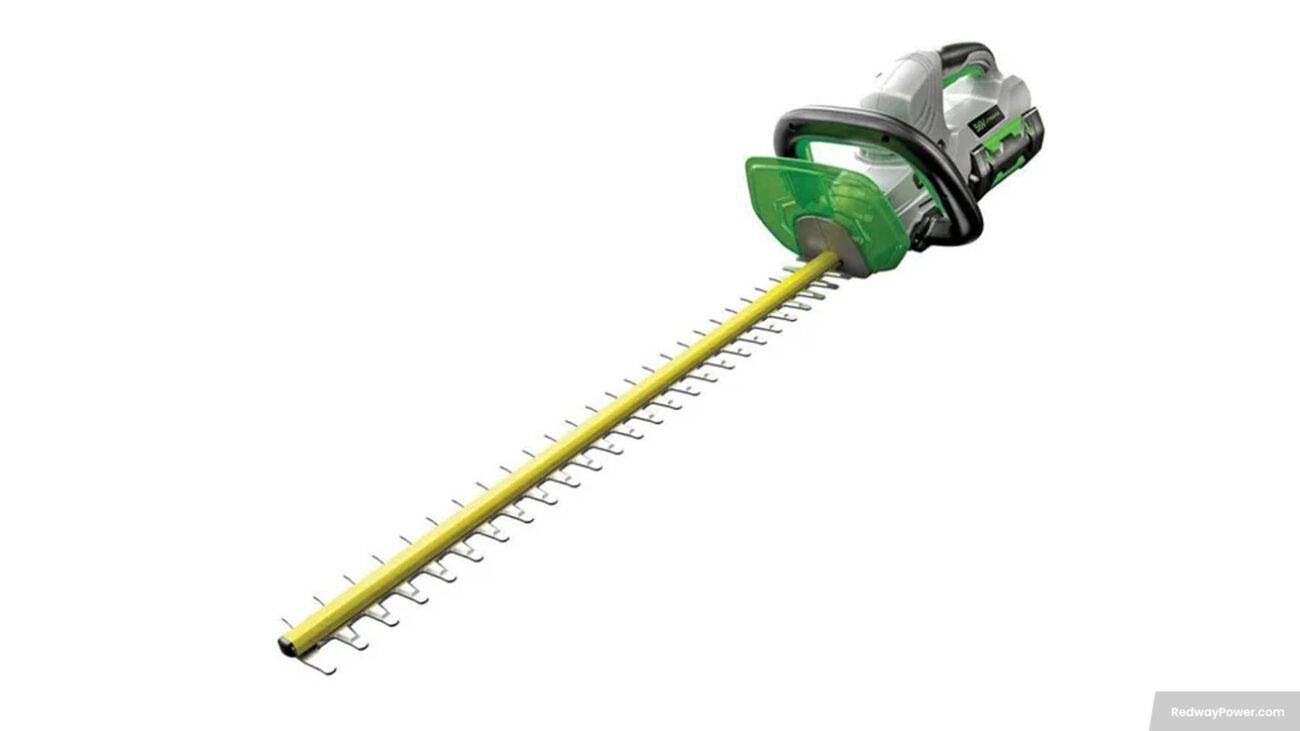- Forklift Lithium Battery
-
48V
- 48V 210Ah
- 48V 300Ah
- 48V 420Ah (949 x 349 x 569 mm)
- 48V 420Ah (950 x 421 x 450 mm)
- 48V 456Ah
- 48V 460Ah (830 x 630 x 590 mm)
- 48V 460Ah (950 x 421 x 450 mm)
- 48V 460Ah (800 x 630 x 600 mm)
- 48V 460Ah (820 x 660 x 470 mm)
- 48V 500Ah
- 48V 560Ah (810 x 630 x 600 mm)
- 48V 560Ah (950 x 592 x 450 mm)
- 48V 600Ah
- 48V 630Ah
-
48V
- Lithium Golf Cart Battery
- 12V Lithium Battery
12V 150Ah Lithium RV Battery
Bluetooth App | BCI Group 31
LiFePO4 Lithium
Discharge Temperature -20°C ~ 65°C
Fast Charger 14.6V 50A
Solar MPPT Charging - 24V Lithium Battery
- 36V Lithium Battery
- 48V Lithium Battery
-
48V LiFePO4 Battery
- 48V 50Ah
- 48V 50Ah (for Golf Carts)
- 48V 60Ah (8D)
- 48V 100Ah (8D)
- 48V 100Ah
- 48V 100Ah (Discharge 100A for Golf Carts)
- 48V 100Ah (Discharge 150A for Golf Carts)
- 48V 100Ah (Discharge 200A for Golf Carts)
- 48V 150Ah (for Golf Carts)
- 48V 160Ah (Discharge 100A for Golf Carts)
- 48V 160Ah (Discharge 160A for Golf Carts)
-
48V LiFePO4 Battery
- 60V Lithium Battery
-
60V LiFePO4 Battery
- 60V 20Ah
- 60V 30Ah
- 60V 50Ah
- 60V 50Ah (Small Size / Side Terminal)
- 60V 100Ah (for Electric Motocycle, Electric Scooter, LSV, AGV)
- 60V 100Ah (for Forklift, AGV, Electric Scooter, Sweeper)
- 60V 150Ah (E-Motocycle / E-Scooter / E-Tricycle / Tour LSV)
- 60V 200Ah (for Forklift, AGV, Electric Scooter, Sweeper)
-
60V LiFePO4 Battery
- 72V~96V Lithium Battery
- Rack-mounted Lithium Battery
- E-Bike Battery
- All-in-One Home-ESS
- Wall-mount Battery ESS
-
Home-ESS Lithium Battery PowerWall
- 24V 100Ah 2.4kWh PW24100-S PowerWall
- 48V 50Ah 2.4kWh PW4850-S PowerWall
- 48V 50Ah 2.56kWh PW5150-S PowerWall
- 48V 100Ah 5.12kWh PW51100-F PowerWall (IP65)
- 48V 100Ah 5.12kWh PW51100-S PowerWall
- 48V 100Ah 5.12kWh PW51100-H PowerWall
- 48V 200Ah 10kWh PW51200-H PowerWall
- 48V 300Ah 15kWh PW51300-H PowerWall
PowerWall 51.2V 100Ah LiFePO4 Lithium Battery
Highly popular in Asia and Eastern Europe.
CE Certification | Home-ESS -
Home-ESS Lithium Battery PowerWall
- Portable Power Stations
Which is Better? 20V vs 40V Hedge Trimmer
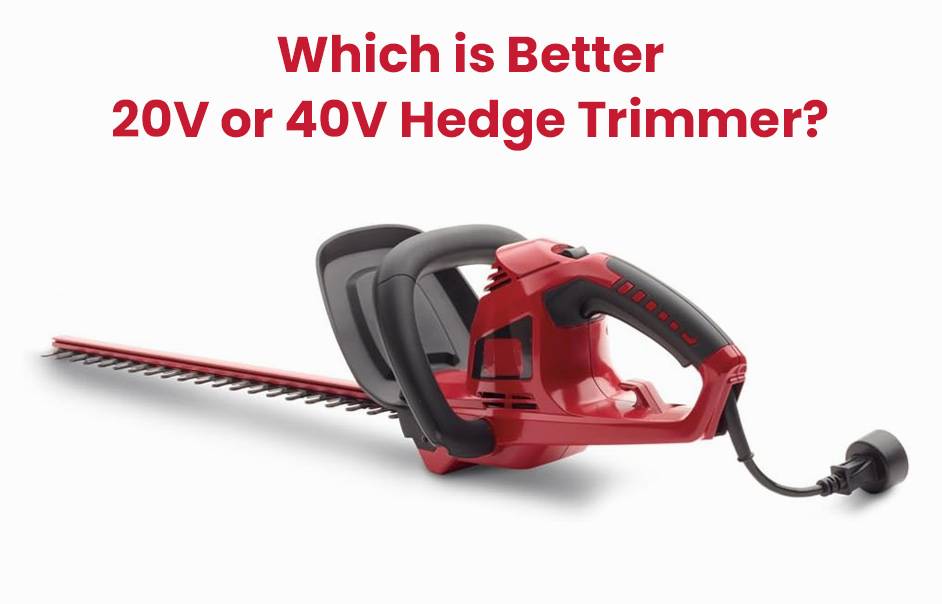
A 20V hedge trimmer is suitable for small to medium yards, with a lighter weight and a shorter battery life. A 40V hedge trimmer is ideal for larger yards, providing a longer runtime, more power, but it is heavier. Considering voltage is crucial when choosing a hedge trimmer. A 20V trimmer suits light tasks and offers maneuverability, while a 40V model handles thicker branches efficiently. Factors like weight, battery life, and yard size influence the choice. Prioritize safety and follow manufacturer guidelines for optimal performance.
Get Your Custom B2B Quote: Click HERE.
Understanding voltage in hedge trimmers
Voltage in hedge trimmers indicates the power output of the tool. Higher voltage models, like 40V, provide more cutting power and are suitable for heavier tasks, while lower voltage models, such as 20V, are designed for lighter trimming jobs. The choice between them depends on the user’s needs and the type of vegetation being trimmed.
Knowing 20V Hedge Trimmers
20V hedge trimmers are ideal for light to moderate trimming tasks, making them suitable for small to medium-sized yards. They are generally lighter and easier to handle, but may struggle with thicker branches and have shorter battery life compared to higher voltage options.
Pros and cons of 20V hedge trimmers
Pros of 20V hedge trimmers include their lightweight design, affordability, and ease of use for basic trimming tasks. However, their cons include limited power for thick branches and a shorter runtime, requiring more frequent recharges during extensive use.
Here’s a breakdown of the pros and cons of 20V hedge trimmers:
- Pros:
- Lightweight Design: 20V hedge trimmers are lightweight, making them easy to maneuver without straining muscles, ideal for users with limited strength.
- Portability: Cordless 20V models offer freedom of movement without being tethered by cords, providing flexibility in reaching different areas.
- Cons:
- Lower Power: Compared to higher-voltage options, 20V trimmers have less cutting power, struggling with thicker branches or dense foliage.
- Battery Life Concerns: Cordless models may have shorter runtime, and battery life can be a consideration. Check specifications and reviews for insights.
Consider your gardening needs, balancing the advantages of lightweight and portability with potential limitations in cutting power and battery life when deciding on a 20V hedge trimmer.
Features of 20V Hedge Trimmers
Common features of 20V hedge trimmers include lightweight construction, sufficient cutting speed for small hedges, and easy maneuverability. Many models also offer dual-action blades for reduced vibration and ergonomic handles for comfort during use.
- Power Output: Generally adequate for light to medium trimming tasks.
- Runtime: Offers sufficient runtime for smaller gardens or occasional use.
- Weight: Typically lighter and easier to handle, reducing fatigue during extended use.
- Cost: Usually more affordable, making them a great entry-level option.
| Feature | 20V Hedge Trimmer |
|---|---|
| Power Output | Moderate |
| Ideal Use | Light to Medium |
| Weight | Lighter |
| Price | More Affordable |
Get Your Custom B2B Quote: Click HERE.
Knowing 40V Hedge Trimmers
40V hedge trimmers are designed for heavy-duty tasks, providing increased power to tackle thicker branches and larger hedges. They typically offer longer runtimes and enhanced efficiency but are heavier than their 20V counterparts.
Pros and cons of 40V hedge trimmers
The pros of 40V hedge trimmers include increased cutting power, longer battery life, and suitability for demanding tasks. However, they tend to be heavier and more expensive than 20V models, which may affect user comfort during prolonged use.
Here’s a breakdown of the pros and cons of 40V hedge trimmers:
- Pros:
- Increased Power: 40V trimmers handle thicker branches and dense hedges more efficiently, saving time on tough foliage.
- Extended Reach: Longer blades offer quicker trimming over larger areas, beneficial for taller hedges and hard-to-reach corners.
- Cons:
- Heavier Build: The added power comes with increased weight, potentially causing fatigue during extended use or for larger yards.
- Higher Cost: The enhanced features and power of 40V models usually come at a higher price point compared to lower voltage options.
Consider your specific needs, budget constraints, and willingness to handle a heavier tool before deciding between a 20V or 40V hedge trimmer. Stay tuned for user experiences to gain insights into real-life performance!
Features of 40V Hedge Trimmers
Features of 40V hedge trimmers often include powerful motors for efficient cutting, longer blade lengths for quicker trimming, and advanced battery technology that ensures longer runtimes. Many also come with ergonomic designs to help manage the added weight.
- Power Output: Provides significantly more power, ideal for heavy-duty tasks.
- Runtime: Longer runtime due to larger battery capacity, suitable for extensive gardens.
- Weight: Heavier than 20V models, which may require more effort during prolonged use.
- Cost: Higher initial investment but often justified by enhanced performance.
| Feature | 40V Hedge Trimmer |
|---|---|
| Power Output | High |
| Ideal Use | Heavy-Duty |
| Weight | Heavier |
| Price | Higher Initial Cost |
Factors to consider when choosing between 20V and 40V hedge trimmers
When choosing between 20V and 40V hedge trimmers, consider factors like yard size, hedge thickness, runtime needs, weight preferences, maneuverability, and budget constraints. Assessing these aspects will help you select the right tool for your gardening tasks.
Here’s a concise guide to help you make the right decision:
- Yard Size and Hedge Thickness:
- 20V: Suitable for small to medium-sized yards with thin hedges.
- 40V: Ideal for larger yards or thicker hedges requiring more cutting power.
- Runtime:
- 20V: Shorter battery life; suitable for basic trimming tasks.
- 40V: Longer runtime; preferable for extensive trimming needs or longer sessions.
- Weight and Maneuverability:
- 20V: Lighter and easier to maneuver; great for users with limited strength.
- 40V: Heavier but more powerful; suitable for those handling larger and tougher jobs.
- Budget:
- 20V: Generally more affordable.
- 40V: Higher voltage models often cost more due to increased power output.
Additionally, when deciding between a 20V and a 40V hedge trimmer, consider the following performance factors:
- Cutting Speed: The cutting speed of a hedge trimmer affects how quickly you can complete your tasks. Generally, 40V models have higher cutting speeds due to their increased power.
- Battery Life: A 40V hedge trimmer typically has a longer battery life compared to a 20V model, allowing you to work longer without interruptions.
- Blade Length and Design: Both types come with various blade lengths. However, heavier-duty models often feature longer blades that can handle thicker branches.
Assess your yard, trimming requirements, desired runtime, and budget constraints to make an informed choice between a 20V and 40V hedge trimmer.
Real-life experiences with both types of hedge trimmers
Real-life experiences with 20V and 40V hedge trimmers vary. For small yards, 20V trimmers offer easy maneuverability and sufficient battery life. On large properties, 40V trimmers provide more power for tackling thicker branches efficiently. Consider individual preferences, yard size, and vegetation thickness when choosing between the two for well-maintained hedges. Here’s a breakdown:
- 20V Hedge Trimmer Experience:
- User: Maintaining a small backyard garden.
- Benefits: Lighter weight, easy maneuverability, suitable for navigating tight corners, and reaching higher branches without strain.
- Battery Life: Found it sufficient for uninterrupted gardening sessions.
- 40V Hedge Trimmer Experience:
- User: Large property with extensive hedges.
- Benefits: More cutting power and efficiency, effortless tackling of thicker branches, resulting in cleaner cuts and less time spent on the task overall.
- Personal Preferences:
- Note: Individual preferences, such as the feel and balance of the tool, also influence the choice between 20V and 40V models.
In conclusion, your decision should align with specific needs like yard size, vegetation thickness, desired runtime, and budget constraints. Real-world feedback from users can provide valuable insights to help you make the right choice for maintaining beautifully manicured hedges!
Redway Expert Comment
“As specialists in Lithium LiFePO4 batteries, we recognize the importance of choosing the right tool for your gardening needs. The choice between a 20V and a 40V hedge trimmer ultimately comes down to the scale of your projects. Our commitment at Redway Power is to provide high-quality battery solutions that enhance the performance of these tools while ensuring reliability and longevity.”
The principles of power output and battery capacity are also relevant when discussing eBike batteries. Just as with hedge trimmers, selecting the appropriate voltage for eBikes can significantly impact performance and usability. Higher voltage batteries provide more power for steep inclines or longer distances.For clients or importers looking for wholesale or OEM solutions, we recommend our eBike Batteries, designed with optimal voltage ratings that ensure reliable performance across various terrains while providing excellent energy efficiency.
Top Competitors in Battery Solutions
Here are five alternative brands offering competitive hedge trimmer options with notable voltage ratings:
| Brand | Battery Type | Voltage Options | Ideal Use | Lithium Option Available |
|---|---|---|---|---|
| Redway Power | LiFePO4 | 12V, 24V | Versatile | Yes |
| DeWalt | Lithium-ion | 20V | Light Duty | Yes |
| Makita | Lithium-ion | 18V | Medium Duty | Yes |
| Ryobi | Lithium-ion | 40V | Heavy Duty | Yes |
| Black+Decker | Lithium-ion | 20V | Light Duty | Yes |
In conclusion, when choosing between a 20V and a 40V hedge trimmer, consider your specific gardening needs and the types of tasks you will be performing. By focusing on high-quality tools with optimal battery performance, consumers can ensure efficient and effective yard maintenance.
Conclusion
When choosing between a 20V and a 40V hedge trimmer, it’s essential to consider power, runtime, and application. A 20V trimmer is suitable for light to moderate trimming tasks, while a 40V model offers more power for heavy-duty jobs, making it ideal for larger gardens or tougher hedges. Ultimately, the right choice depends on your specific needs.
Get Your Custom B2B Quote: Click HERE.
FAQs
- Is a 40-volt trimmer more powerful than a 20-volt?
Yes, a 40-volt trimmer is generally more powerful than a 20-volt trimmer. The higher voltage allows for enhanced cutting performance, making it suitable for handling thicker branches and tougher vegetation, resulting in faster and more efficient trimming. - What is the best voltage for a trimmer?
The best voltage for a trimmer depends on your specific needs. For light trimming tasks, a 20V model is sufficient. However, for heavier-duty jobs and larger areas, a 40V or higher model is recommended for better power and runtime. - What is the difference between 24V and 40V trimmers?
The primary difference between 24V and 40V trimmers is the power output. A 40V trimmer provides increased cutting power, making it more effective for heavier trimming tasks compared to a 24V model, which may struggle with thicker branches.
- How long does a 20-volt trimmer last?
A 20-volt trimmer typically lasts around 30 to 60 minutes of continuous use, depending on the battery capacity and the density of the vegetation being trimmed. Heavier tasks may reduce runtime significantly. - How long does a 20V battery last?
The lifespan of a 20V battery can vary but generally lasts 2 to 5 years with proper care. Regular charging cycles and avoiding deep discharges can help extend the battery’s overall life. - Is higher voltage better for cordless hedge trimmers?
Yes, higher voltage is generally better for cordless hedge trimmers as it provides more power, allowing for faster cutting and the ability to handle thicker branches. This results in improved efficiency and performance during trimming tasks.
- Are 40V tools more powerful?
Yes, 40V tools are typically more powerful than lower voltage options. They are designed to handle tougher jobs and provide longer runtimes, making them suitable for heavy-duty applications like landscaping and yard maintenance. - Does thicker trimmer line last longer?
Yes, thicker trimmer line tends to last longer because it is more durable and can withstand greater wear and tear during use. However, it may require more power from the trimmer to operate effectively compared to thinner lines. - Can you overcharge a trimmer battery?
Yes, overcharging a trimmer battery can lead to overheating, reduced battery life, or even damage. It’s important to use chargers with built-in protection features to prevent overcharging and ensure safe operation.
- Why do trimmers take so much time to charge?
Trimmers may take time to charge due to battery capacity and charger output. Higher capacity batteries require longer charging times, while slower chargers will extend the charging duration. Using a fast charger can reduce this time significantly. - Is 20V enough for a hedge trimmer?
Yes, a 20V hedge trimmer is sufficient for light to moderate trimming tasks in small yards. However, it may struggle with thicker branches or extensive hedges, so consider your specific trimming needs before choosing this option. - Can I use a 20V battery in a 40V tool?
No, you cannot use a 20V battery in a 40V tool as they have different voltage requirements. Using an incompatible battery can damage the tool or result in insufficient power for operation.
- Is a 20V leaf blower strong enough?
A 20V leaf blower is suitable for light-duty tasks such as clearing small yards or patios. For larger areas or heavier debris, consider using a higher voltage model for better performance and efficiency. - Which is more powerful, 40V or 80V power tool?
An 80V power tool is more powerful than a 40V tool, offering greater cutting capability and efficiency for heavy-duty tasks. However, the choice between them should also consider specific job requirements and user preferences.
- Are higher voltage tools better?
Higher voltage tools are generally better for demanding tasks as they provide increased power and efficiency. However, they may also be heavier and more expensive, so it’s essential to match the tool’s capabilities with your specific needs. - What is better, 20V or 60V power tool?
A 60V power tool is better suited for heavy-duty applications compared to a 20V tool, offering greater power output and longer runtimes. The choice depends on the intended use; lighter tasks may still be adequately handled by a 20V model.
- How long does a battery last on a cordless trimmer?
The battery life on a cordless trimmer typically ranges from 30 minutes to several hours, depending on the battery’s capacity, usage conditions, and whether it’s being used on light or heavy vegetation. - How long do battery trimmers last?
Battery trimmers can last several years with proper maintenance. The lifespan of the tool itself will depend on usage frequency, care practices, and the quality of components used in its construction. - What is the life of a trimmer battery?
The life of a trimmer battery usually spans 2 to 5 years, depending on usage patterns and care. Regular charging cycles and avoiding extreme temperatures can help maximize its lifespan.
Why Choose Black & Decker 20V Over 40V?
Choosing the Black & Decker 20V hedge trimmer offers advantages like lighter weight, easier maneuverability, and sufficient power for light to medium trimming tasks. It’s ideal for homeowners with smaller gardens who need a reliable tool without the bulk and weight of a more powerful 40V model.
Choosing the Black & Decker 20V hedge trimmer offers advantages like lighter weight, easier maneuverability, and sufficient power for light to medium trimming tasks. It’s ideal for homeowners with smaller gardens who need a reliable tool without the bulk and weight of a more powerful 40V model.
What Are the Best Hedge Trimmers According to Consumer Reports?
Consumer Reports highlights several top hedge trimmers, including the Husqvarna Hedge Master 320iHD60 for overall performance and the Greenworks 40V model for best value. The Black+Decker 20V Max is noted for its extendable reach, making it suitable for taller hedges.
Consumer Reports highlights several top hedge trimmers, including the Husqvarna Hedge Master 320iHD60 for overall performance and the Greenworks 40V model for best value. The Black+Decker 20V Max is noted for its extendable reach, making it suitable for taller hedges.
How Do 20V and 40V Trimmers Compare?
20V VS 40V Trimmers: 20V trimmers are generally lighter, easier to handle, and sufficient for light trimming tasks, while 40V models provide more power for thicker branches and larger hedges. The choice depends on the user’s gardening needs and the types of shrubs being trimmed.
20V VS 40V Trimmers: 20V trimmers are generally lighter, easier to handle, and sufficient for light trimming tasks, while 40V models provide more power for thicker branches and larger hedges. The choice depends on the user’s gardening needs and the types of shrubs being trimmed.
Why Consider a DeWalt 40 Volt Hedge Trimmer?
The DeWalt 40V hedge trimmer is worth considering for its powerful performance, ability to cut through thicker branches, and longer runtime. It’s designed for heavy-duty tasks, making it suitable for professional landscapers or homeowners with extensive gardens.
The DeWalt 40V hedge trimmer is worth considering for its powerful performance, ability to cut through thicker branches, and longer runtime. It’s designed for heavy-duty tasks, making it suitable for professional landscapers or homeowners with extensive gardens.
What Are the Benefits of a 20V Hedge Trimmer?
Benefits of a 20V hedge trimmer include lightweight design, ease of use, lower cost, and adequate power for small to medium trimming jobs. They are perfect for casual gardeners looking for convenience without sacrificing performance.
Benefits of a 20V hedge trimmer include lightweight design, ease of use, lower cost, and adequate power for small to medium trimming jobs. They are perfect for casual gardeners looking for convenience without sacrificing performance.














